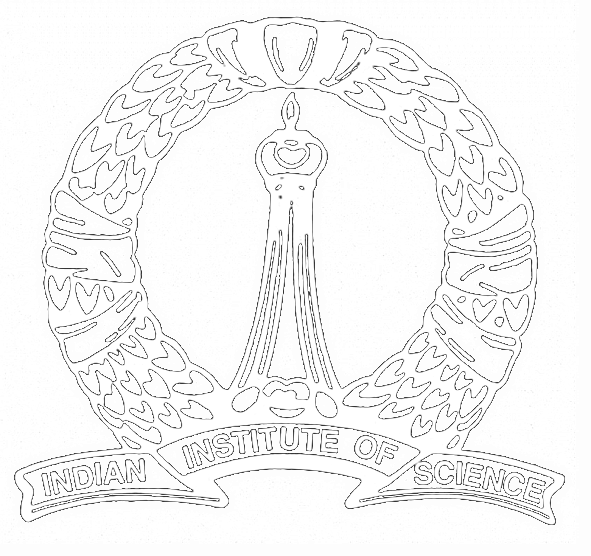PhD Thesis colloquium
Title: Fourier coefficients of modular forms and mass of pullbacks of Saito--Kurokawa lifts
Speaker: Pramath Anamby (IISc Mathematics)
Date: 25 June 2019
Time: 3 pm
Venue: LH-1, Mathematics Department
In the first part of the talk we would discuss a topic about the Fourier coefficients of modular forms. Namely, we would focus on the question of distinguishing two modular forms by certain ‘arithmetically interesting’ Fourier coefficients. These type of results are known as ‘recognition results’ and have been a useful theme in the theory of modular forms,having lots of applications. As an example we would recall the Sturm’s bound (which applies quite generally to a wide class of modular forms), which says that two modular forms are equal if (in a suitable sense) their ‘first’ few Fourier coefficients agree. As another example we would mention the classical multiplicity-one result for elliptic new forms of integral weight, which says that if two such forms $f_1,f_2$ have the same eigenvalues of the $p$-th Hecke operator $T_p$ for almost all primes $p$, then $f_1=f_2$.
The heart of the first part of the talk would concentrate on Hermitian cusp forms of degree $2$. These objects have a Fourier expansion indexed by certain matrices of size $2$ over an imaginary quadratic field. We show that Hermitian cusp forms of weight $k$ for the Hermitian modular group of degree $2$ are determined by their Fourier coefficients indexed by matrices whose determinants are essentially square–free. Moreover, we give a quantitative version of the above result. This is a consequence of the corresponding results for integral weight elliptic cusp forms, which will also be discussed. This result was established by A. Saha in the context of Siegel modular forms – and played a crucial role (among others) in the automorphic transfer from $GSp(4)$ to $GL(4)$. We expect similar applications. We also discuss few results on the square–free Fourier coefficients of elliptic cusp forms.
In the second part of the talk we introduce Saito–Kurokawa lifts: these are certain Siegel modular forms lifted from classical elliptic modular forms on the upper half plane $H$. If $g$ is such an elliptic modular form of integral weight $k$ on $SL(2, Z)$ then we consider its Saito–Kurokawa lift $F_g$ and a certain ‘restricted’ $L^2$-norm, which we denote by $N(F_g)$ (and which we refer to as the ‘mass’), associated with it.
Pullback of a Siegel modular form $F((\tau,z,z,\tau'))$ ($(\tau,z,z,\tau')$ in Siegel’s upper half-plane of degree 2) to $H \times H$ is its restriction to $z=0$, which we denote by $F\|_{z=0}$. Deep conjectures of Ikeda (also known as ‘conjectures on the periods of automorphic forms’) relate the $L^2$-norms of such pullbacks to central values of $L$-functions for all degrees.
In fact, when a Siegel modular form arises as a Saito–Kurokawa lift (say $F=F_g$), results of Ichino relate the mass of the pullbacks to the central values of certain $GL(3) \times GL(2)$ $L$-functions. Moreover, it has been observed that comparison of the (normalized) norm of $F_g$ with the norm of its pullback provides a measure of concentration of $F_g$ along $z=0$. We recall certain conjectures pertaining to the size of the ‘mass’. We use the amplification method to improve the currently known bound for $N(F_g)$.
- All seminars.
- Seminars for 2019
